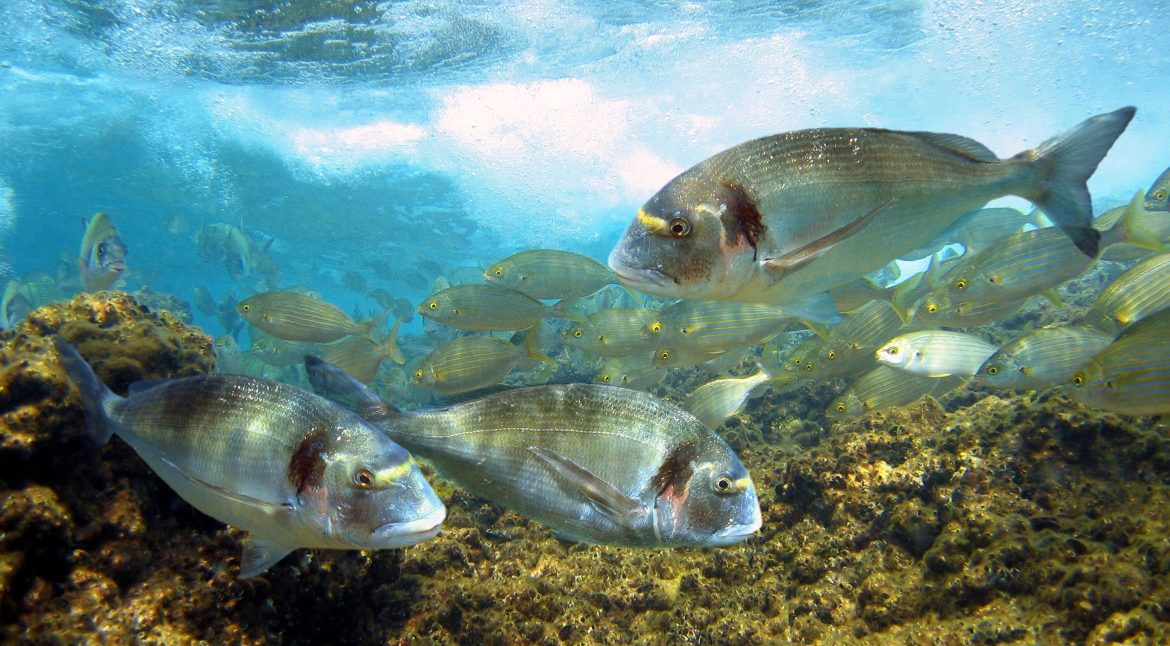Optimal feed intake is crucial for performance, efficiency and profitability. Palatability of feed, associated to its chemical and sensory properties, is central in determining acceptability by fish. Still, some species are more tolerant than others. Gilthead seabream, for instance, adapts fairly well to changes in diet formulation. However, a feed intake (FI) drop is the first sign of stress in most species which, when repeated often or prolonged, leads to performance loss and disease susceptibility. Hence, maintaining the fishes’ motivation to eat during stressful events or production phases is key. Three seabream trials will be presented, illustrating how FI is practically unaffected during optimal grow-out conditions (trial 1), but can be dramatically reduced by environmental (trial 2) or management-related stress (trial 3). In addition, the potential of a palatability enhancer (PE) to minimize declines in FI is demonstrated. All trials were performed in indoor tanks equipped with a self-feeding system with 2 treatments: a standard control diet (CTR) and the same basal diet supplemented with 0.085% PE. Trial 1 lasted 25d (days) and was performed with 312g (average initial body weight, Av iBW) seabream at 23.6ºC. Voluntary feed intake (VFI, %AvBW/day) was high (~1.5%) and unaffected by treatment. During trial 2, which lasted 34d (Av iBW: 346g), an extreme storm caused abrupt temperature fluctuations in tanks (16.5-20.4ºC). VFI was low (CTR: 0.38%; PE: 0.55%), but 44% higher in the PE group. Trial 3 consisted of an undisturbed (34d, Av iBW: 453g, 18.5ºC) and a stressed (6d, 19.4ºC) period in which a tank cleaning operation was simulated, involving mechanical (brushing) and crowding (2 mins) stress, daily. No differences in VFI occurred between groups in the undisturbed period, but when comparing the last 6d of the undisturbed with the 6d of stressed period, VFI was reduced by 28.3% in CTR, and only 3.9% in PE. Expression (qPCR) of peptides involved in the regulation of FI was measured in fish tissues at the end of the undisturbed period. Relative to CTR, the PE group had highly (P<0.01) up-regulated expression of ghrelin in stomach, and CCK and PYY were down-regulated in stomach and hindgut, respectively, confirming the appetite-enhancing properties of PE.

Autores: Gonçalves, R.A., Leal, E., Puebla, M., Angotzi, A.R., Cerdá-Reverter, J.M., Morais, S.
Libro/Revista: XX International Symposium on Fish Nutrition and Feeding, Sorrento, Italy
